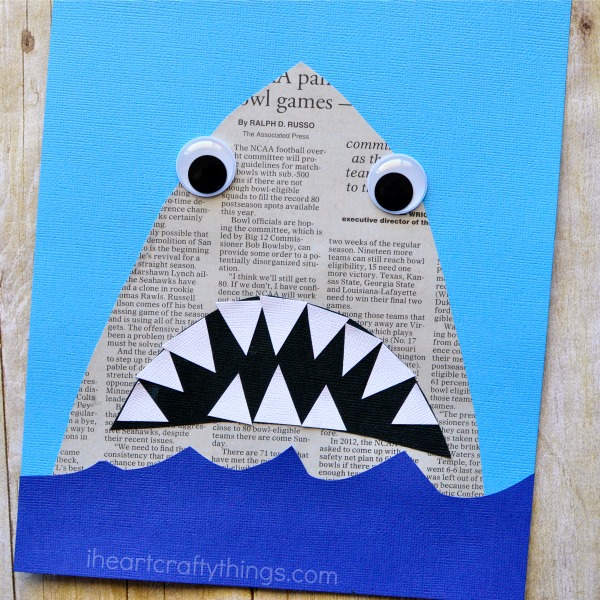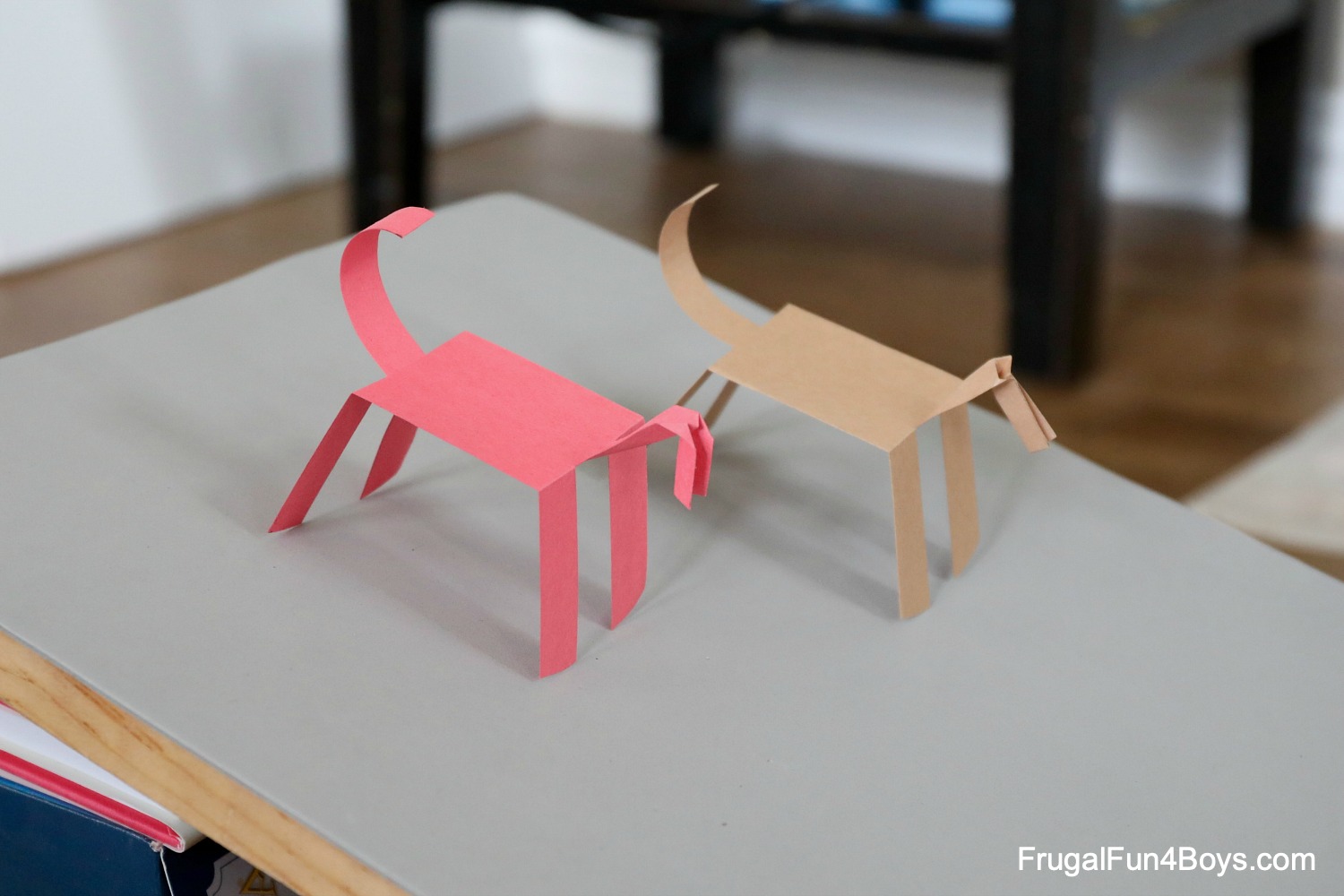
This cute shark mask template will be fun to decorate with your kids. The mask would be fun to work on during Shark Week or while studying the ocean. It is based on a paper plate shark mask I created several years ago. While many of you have made that mask, I thought more of you would like a mask that is easy to cut out and decorate.

Shark Themed Books
If you are having your children craft this mask while celebrating or studying ocean life, you may want to read them a book about sharks. Below you will find several wonderful shark books.
The links below are affiliate links.
Getting the Cute Shark Mask
The cute shark mask is a PDF. You will need to open the Cute Shark Mask Template with Acrobat Reader or another PDF reader. Once you have the template open, you will want to print it out on cardstock. Traditional printer paper will be way too flimsy. If you have heavy copy paper, it would work too.

Decorating the Shark Mask
There are so many ways you can decorate the shark mask. We used teal acrylic paint and painted it on with a fork. Fork painting gives some texture to the mask. Here some other ways you could decorate the mask.

- First, you could color the mask with crayons or markers.
- Second, you could glue small squares of blue tissue paper to the mask. It will look a little like a mosaic.
- Third, the mask could be painted with cotton balls or a paintbrush.
Wearing the Mask
There are a number of ways you can wear the mask.
- First, you can punch holes on either side of the mask. Then you can attach yarn to both of the holes. You can tie the two pieces of yarn in the back.
- Second, you can attach a strip of cardstock to both sides of the mask. Your children can then slip the mask over their heads.
- Third, you may have children that don’t want to wear the mask on their face. You can attach a wooden craft stick to the mask. Children can hold the mask over their faces.
If you are looking for some other shark-themed activities, you will find some really cool ones below.

















.jpg)





 If you would prefer to have your children color in a design on a pre-made spinner template, you can down this set of
If you would prefer to have your children color in a design on a pre-made spinner template, you can down this set of 















































